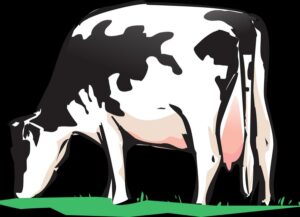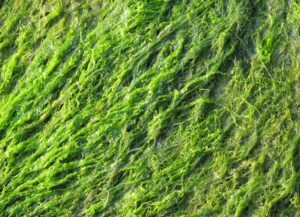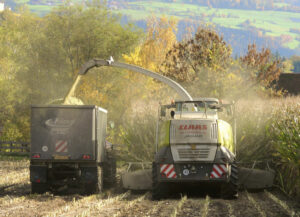Alvaro Garcia
Dairy cows face several stressful events during the transition period. Among other metabolic problems there are physiological challenges, that predispose them to ketosis and hypocalcemia. Hormonal changes (i.e. estrogen, cortisol, etc.) associated with calving impair their immunity, with higher risk of developing mastitis and metritis.
The process of calving itself further results in inflammation which can predispose to other ailments. While an inflammatory reaction is important to fend-off bacteria, detach the placenta, and repair damaged tissues, it can also lead to profound discomfort and affect the well-being of the cow. The use of potent anti-inflammatory drugs has been associated with increased incidence of retained placenta, higher incidence of post-calving fever, and clinical metritis.
While steroids (i.e. dexamethasone) have oftentimes been used to reduce inflammation, the use of other less powerful, non-steroidal compounds such as acetylsalicylic acid has also been reported in several experiments. Cows treated for 5 days with injectable lysine acetylsalicylate (15 g during the first 3 days; 7.5 g the last 2 days) increased milk production and required fewer services per conception.
Multiparous cows treated with sodium salicylate in the drinking water for 7 days post-calving produced 2,469 ± 646 kg more milk in a 305-day lactation. Also, cows drenched with sodium salicylate every 12 hours for 2 days post calving produced more milk.
A recent experiment (Barragan et al., 2020) had for objective to assess the effects of oral administration of acetylsalicylic acid (Aspirin®) every 24 hours for 2 days after calving on (1) daily milk yield, milk conductivity, and daily rumination during the first 60 days in milk (DIM) and milk component yields, (2) body condition score (BCS), body fat mobilization, and systemic inflammation (haptoglobin), and (3) incidence of clinical diseases during the first 60 DIM.
The experiment was performed on a commercial dairy which milked approximately 600 cows with an average yearly rolling herd average milk yield of 11,143 kg. Heifers and multiparous cows were moved to a close-up pen 21 days before calving. After calving, cows were moved to a freestall pen for the first 4 DIM, and then, primiparous and multiparous cows were separated and housed in naturally ventilated freestall barns bedded with sand. Cows were blocked by parity and assigned to one of the groups:
- Two treatments of acetylsalicylic acid (200 mg/kg; 4 boluses), the first within 12 hours after parturition and the second 24 hours later
- Untreated (Control)
Cows that received acetylsalicylic acid produced more milk
Multiparous cows that received acetylsalicylic acid produced 1.64 kg/day more milk compared with untreated multiparous cows (acetylsalicylic acid = 41.7 kg/day; control = 40.0 kg/day) during the first 60 DIM. There were no differences in daily milk conductivity and rumination between both groups of cows.
Cows treated with acetylsalicylic acid had lower concentration of beta-hydroxybutyrate (acetylsalicylic acid = 1.16; control = 1.23 mmol/L) during the first 14 DIM and had higher BCS within the first 50 DIM. No differences were observed in circulating concentrations of haptoglobin between both groups of cows.
These results are very encouraging and support previous findings in that using acetylsalicylic acid after calving can increase milk production and affect the metabolic status of dairy cows. It remains to be seen which are the physiological mechanisms that are associated with cow performance in response to acetylsalicylic acid post-calving, as well as the effects of the drug on cow well-being.
Reference
A. Barragan, E. Hovingh, S. Bas, J. Lakritz, L. Byler, A. Ludwikowski, S. Takitch, J. Zug, and S. Hann. Effects of postpartum acetylsalicylic acid on metabolic status, health, and production in lactating dairy cattle. 2020. J. Dairy Sci. 103:8443–8452.
© 2020 Dairy Knowledge Center. All Rights Reserved.











